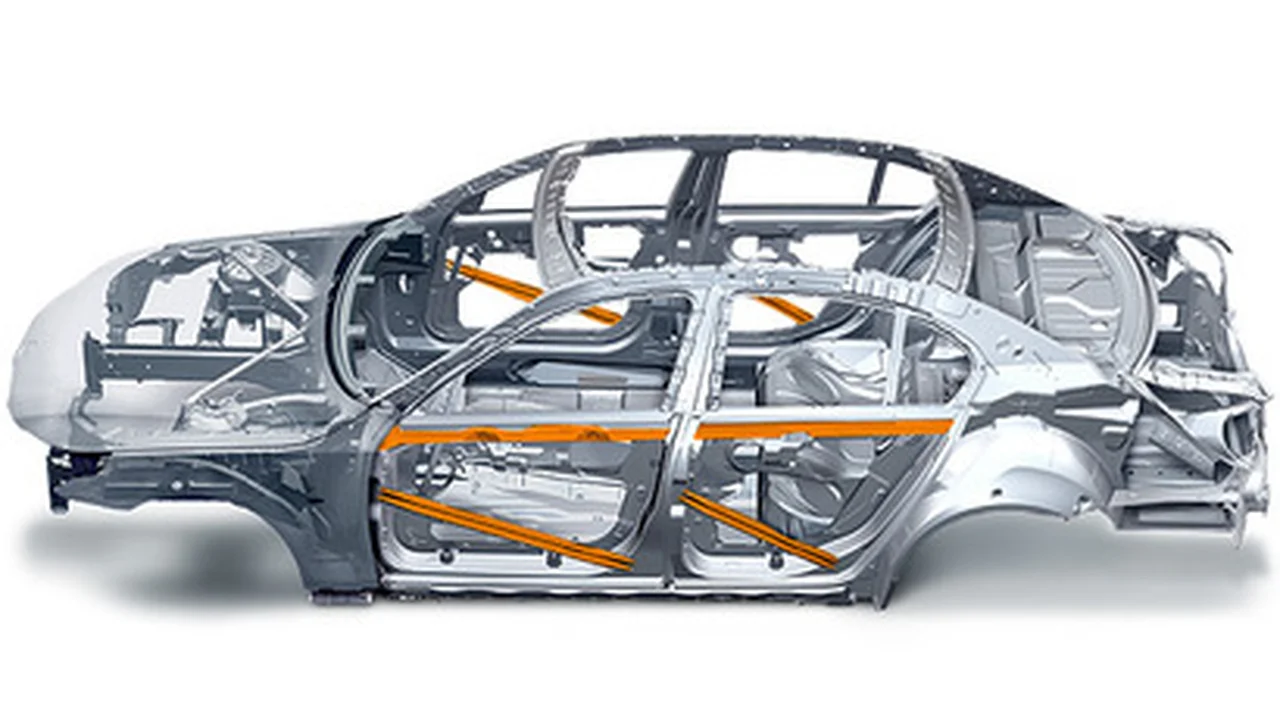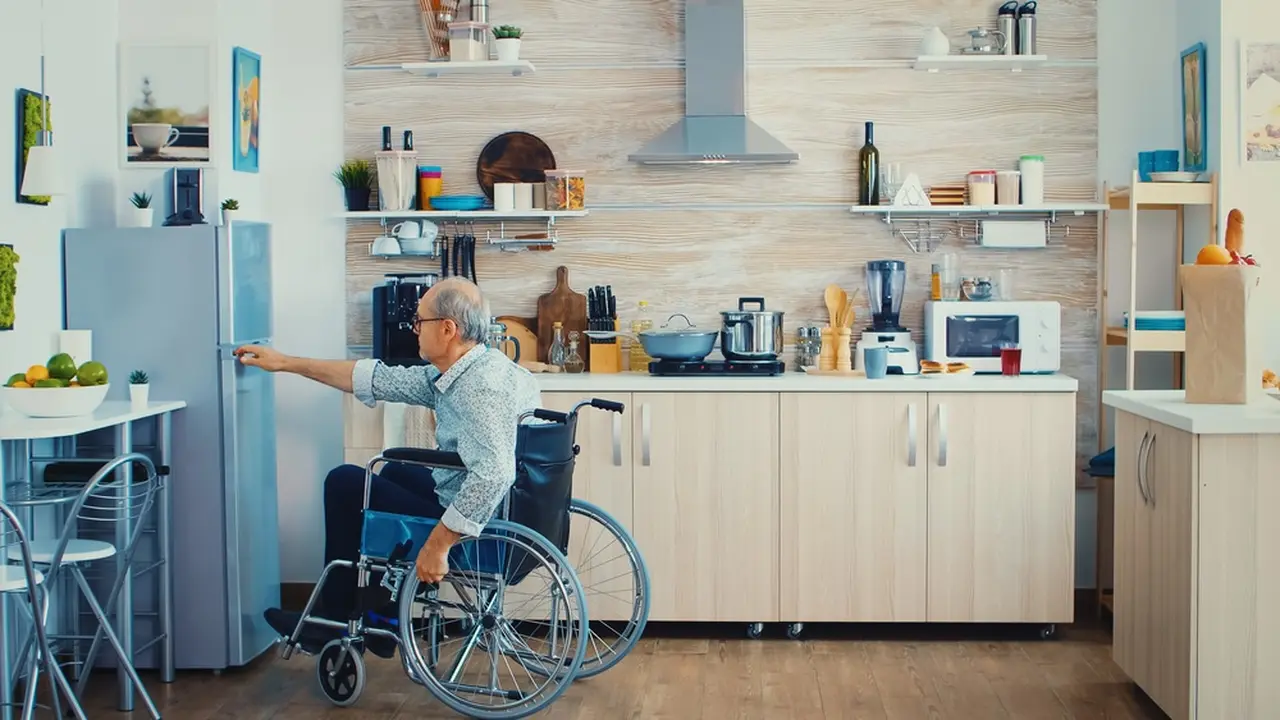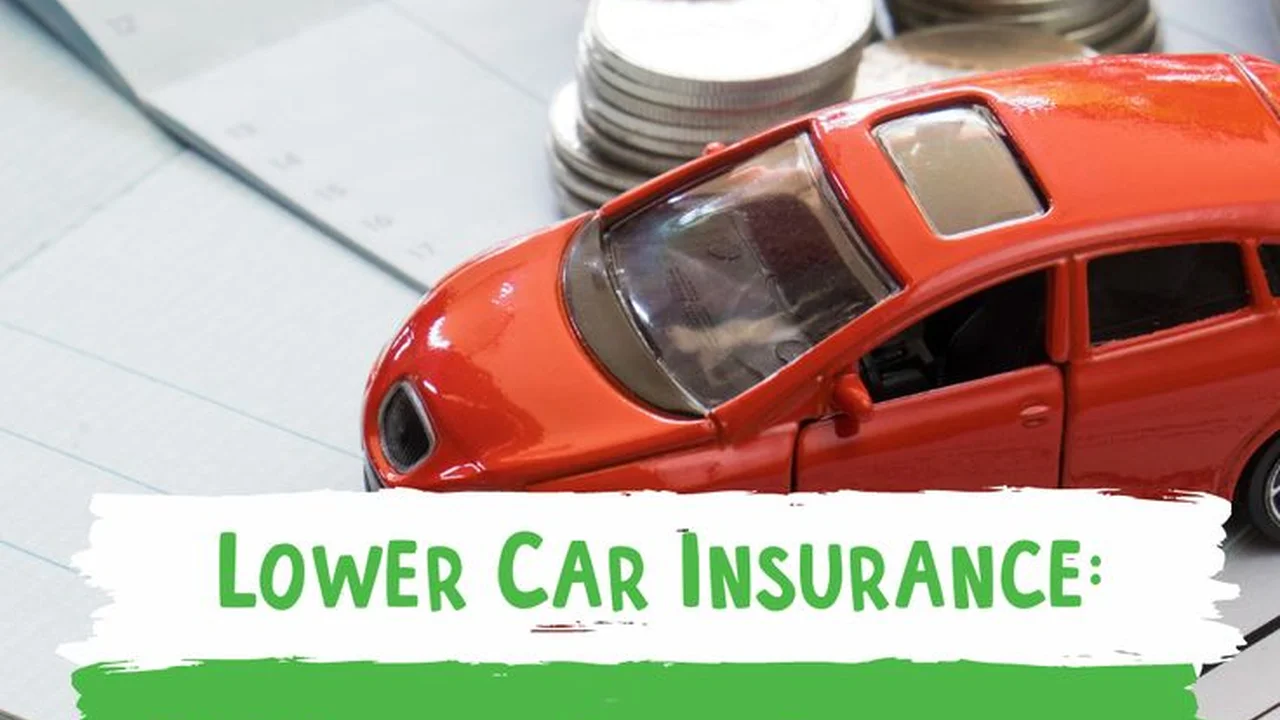The Future of Vehicle Design: Prioritizing Safety and Sustainability

Introduction Vehicle Safety and Sustainable Design
Hey everyone! Let's dive into something super important: the future of cars. We're not just talking about cool gadgets and self-driving features (though those are awesome too!). We're talking about making cars safer for everyone and kinder to our planet. Think about it: how can we design vehicles that protect us in crashes while also reducing our carbon footprint? It's a big challenge, but some seriously smart people are working on it, and the progress is pretty exciting.
Advanced Materials Lightweighting and Enhanced Safety
One of the biggest changes happening is in the materials we use to build cars. Forget just heavy steel! We're seeing more and more aluminum, carbon fiber, and high-strength plastics. Why? Because these materials are lighter, which means better fuel efficiency and lower emissions. But here's the cool part: they can also be incredibly strong and impact-resistant. Think of it like this: a lightweight car that's also a super-safe car. That's the goal!
For example, the BMW i3 uses a carbon fiber reinforced plastic (CFRP) passenger cell. This makes it incredibly light and strong, contributing to both its efficiency and safety. CFRP is significantly lighter than steel, allowing for better acceleration and braking, while its inherent strength provides excellent crash protection.
Innovative Crashworthiness Technologies Airbags and Advanced Driver Assistance Systems ADAS
Airbags have come a long way since their invention. We're not just talking about the ones in the steering wheel and dashboard anymore. Modern cars have airbags everywhere – side airbags, knee airbags, even curtain airbags that protect your head in a rollover. And they're smarter too! They can adjust their deployment based on the severity of the crash and the size of the occupant. It's like having a personal safety bubble inside your car.
But airbags are just one piece of the puzzle. Advanced Driver Assistance Systems (ADAS) are becoming increasingly common, and they're helping to prevent accidents in the first place. Things like automatic emergency braking (AEB), lane departure warning, and blind spot monitoring can give you an extra set of eyes and help you avoid dangerous situations. Think of them as your co-pilot, always looking out for you.
Consider Volvo's City Safety system, which is standard on many of their models. This system uses radar and cameras to detect potential collisions and automatically apply the brakes if the driver doesn't react in time. It's a proven technology that has significantly reduced accidents in urban environments.
Sustainable Powertrains Electric Vehicles EVs and Hybrid Technology
Let's talk about what's powering these future cars. Electric vehicles (EVs) are definitely having a moment, and for good reason. They produce zero tailpipe emissions, which means cleaner air in our cities. And with improvements in battery technology, EVs are now able to travel much farther on a single charge. But EVs aren't the only option. Hybrid vehicles, which combine a gasoline engine with an electric motor, offer a good compromise between fuel efficiency and range. They're a great choice for people who want to reduce their emissions but aren't quite ready to go fully electric.
Tesla's Model 3 is a prime example of a successful EV. It offers a long range, impressive performance, and a sophisticated safety suite. The acceleration and handling are thrilling, and the Autopilot system provides a glimpse into the future of autonomous driving. However, the starting price is around $40,000, making it less accessible than some other options.
On the hybrid front, the Toyota Prius remains a popular choice. It's known for its exceptional fuel economy and reliability. While it may not be as exciting to drive as a Tesla, it's a practical and affordable option for those looking to reduce their environmental impact. A new Prius starts around $28,000.
Vehicle Design for Pedestrian Safety Protecting Vulnerable Road Users
It's not just about protecting the people inside the car. We also need to think about pedestrians, cyclists, and other vulnerable road users. That's why vehicle design is evolving to be more pedestrian-friendly. Things like softer front bumpers, pop-up hoods, and automatic emergency braking systems that can detect pedestrians are becoming more common. The goal is to minimize injuries in the event of a collision.
Many manufacturers are incorporating pedestrian detection systems into their vehicles. These systems use cameras and sensors to identify pedestrians in the car's path and automatically apply the brakes if a collision is imminent. This technology can significantly reduce the severity of pedestrian accidents.
Product Recommendations and Comparisons
Okay, let's get practical. Here are a few specific vehicle recommendations, considering both safety and sustainability:
Volvo XC90: Safety and Luxury
The Volvo XC90 is consistently ranked as one of the safest SUVs on the market. It's packed with advanced safety features, including City Safety, Pilot Assist (a semi-autonomous driving system), and run-off road protection. It's also a luxurious and comfortable SUV, making it a great choice for families. The XC90 is available as a plug-in hybrid, offering a balance of fuel efficiency and performance. The price ranges from $50,000 to $80,000 depending on the trim and options.
Use Case: Family vehicle for daily commutes and long road trips. Prioritizes safety and comfort.
Tesla Model Y: Electric Performance and Technology
The Tesla Model Y is an all-electric SUV that offers impressive performance, a long range, and access to Tesla's Supercharger network. It also features Tesla's Autopilot system, which provides advanced driver assistance features. The Model Y is a great choice for those who want a fun-to-drive EV with plenty of cargo space. Pricing starts around $50,000.
Use Case: Daily commuting and weekend adventures. Appeals to tech-savvy drivers who want a high-performance EV.
Honda CR-V Hybrid: Practical and Efficient
The Honda CR-V Hybrid is a practical and fuel-efficient SUV that offers a comfortable ride and plenty of cargo space. It's a good choice for those who want a reliable and affordable hybrid SUV. The CR-V Hybrid is known for its excellent fuel economy and its smooth and quiet ride. Prices start around $30,000.
Use Case: Daily commuting and errands. Ideal for those seeking fuel efficiency and reliability at a reasonable price.
Product Comparison Table
| Vehicle | Safety Features | Sustainability | Price (approximate) | Use Case |
|---|---|---|---|---|
| Volvo XC90 | City Safety, Pilot Assist, Run-off Road Protection | Plug-in Hybrid Option | $50,000 - $80,000 | Family Vehicle, Long Road Trips |
| Tesla Model Y | Autopilot, Advanced Safety Features | All-Electric | $50,000+ | Tech-Savvy Drivers, Daily Commuting |
| Honda CR-V Hybrid | Honda Sensing Suite | Hybrid | $30,000+ | Fuel Efficiency, Daily Errands |
The Role of Government Regulations and Safety Standards
Governments and organizations like the National Highway Traffic Safety Administration (NHTSA) and the Insurance Institute for Highway Safety (IIHS) play a crucial role in setting safety standards and regulations. These standards ensure that vehicles meet certain minimum safety requirements and help to drive innovation in safety technology. They also conduct crash tests and provide ratings to help consumers make informed decisions about vehicle safety.
Conclusion-Free Zone: Looking Ahead
So, what does all of this mean for the future of cars? It means we're moving towards a world where vehicles are safer, more sustainable, and more connected than ever before. We're seeing innovations in materials, technology, and design that are making cars better for both people and the planet. It's an exciting time to be a car enthusiast, and I can't wait to see what the future holds!
:max_bytes(150000):strip_icc()/277019-baked-pork-chops-with-cream-of-mushroom-soup-DDMFS-beauty-4x3-BG-7505-5762b731cf30447d9cbbbbbf387beafa.jpg)






